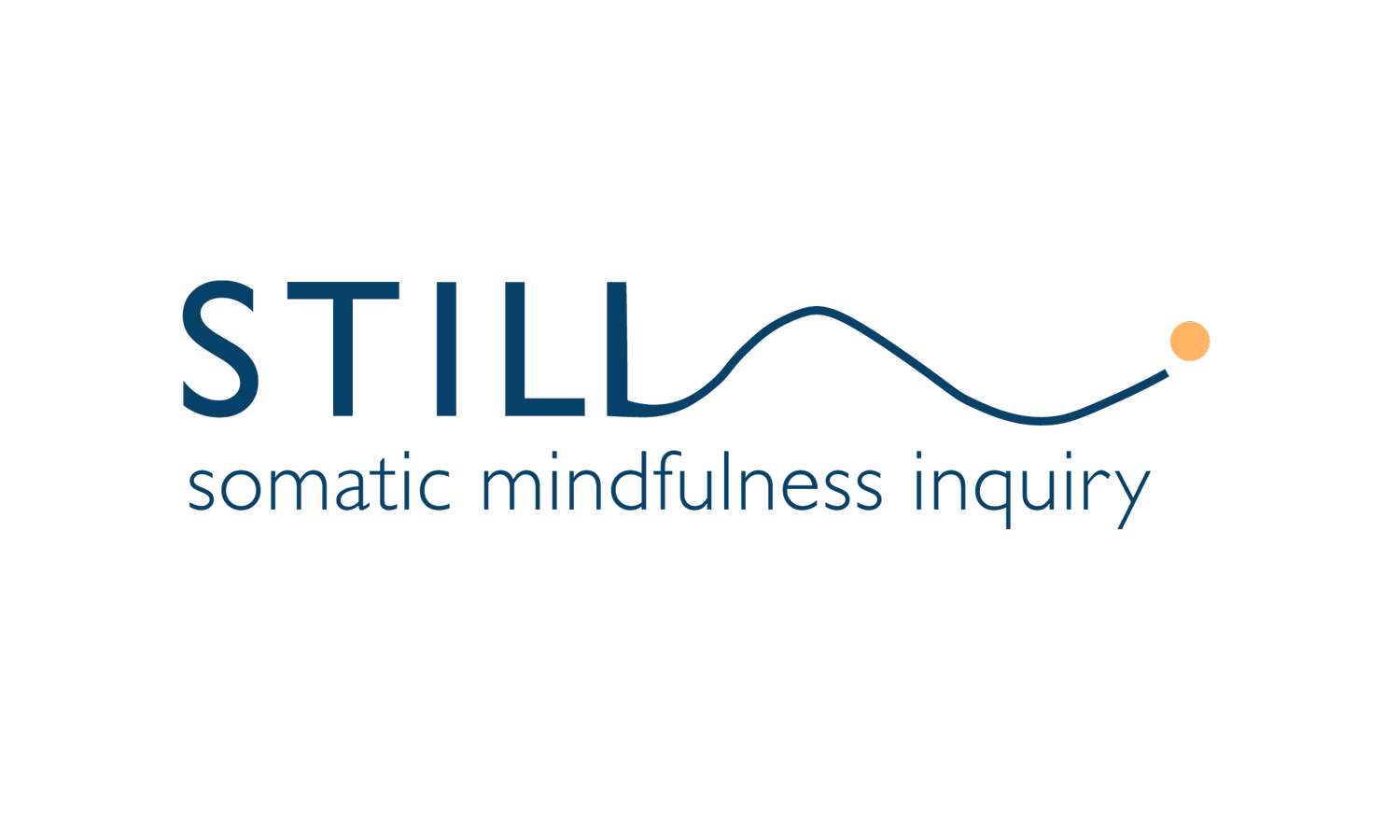Using the Breath
Some practices like box breathing are useful as an emergency intervention when you’re feeling anxious or panicky. On a regular basis, do practices to reduce tension and allow your body to breathe to support your health.
Develop Healthy Diaphragmatic Breathing 24/7
Diaphragmatic breathing (feels like belly rises on inhale, softens back toward the spine on exhale)
Breathe through your nose (filters and warms air and stimulates the vagus nerve)
Continuous and smooth (break the habit of holding your breath)
About the same length on exhale and inhale
Practice this in shavasana (laying on your back) or makarasana crocodile pose (laying on your front resting your forehead on your folded arms), while you are walking (inhale 2 steps, exhale 2 steps), and attune to your breath any time you are sitting relaxing.
Use Your Breath to Calm Yourself
Longer exhales of at least six seconds help to activate the body’s Relaxation Response
Breathe in three seconds, breathe out six
Sing, chant, speak in longer sentences
Breathe in to a count of 4, hold for 7, exhale 8
Inhale through the nose, exhale very slowly through the mouth as though you are breathing out through a straw, allowing your muscles to soften
Double inhale, extended exhale : Breathe in deeply through the nose, then inhale again. Then do an extended exhale, breathing out through the mouth. Repeat 2 or 3 times.
Box breathing is excellent when you need a reset and this video also shows the movement of the lungs and diaphragm while breathing. The breathing pattern is inhale to a count of 4, hold for 4, exhale for 4, hold for 4. Repeat this a half dozen times until you’re feeling more regulated.
Breathe in to a count of 4, hold for 7, breathe out to 8.
Use a long exhale of at least six seconds using the syllable Vooo to stimulate the relaxation response
This is a 2 minute overview of the benefits of breathing diaphragmatically.
